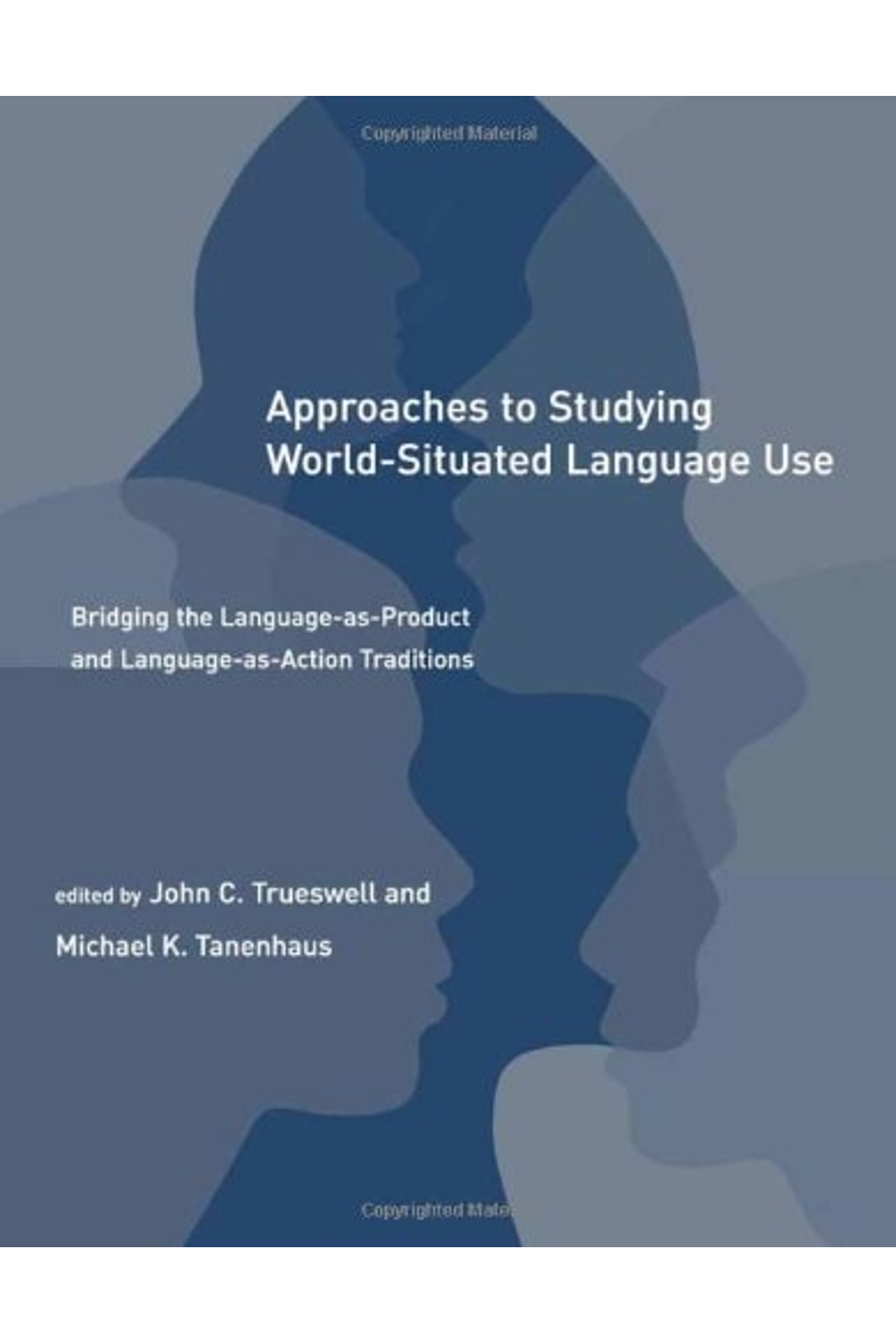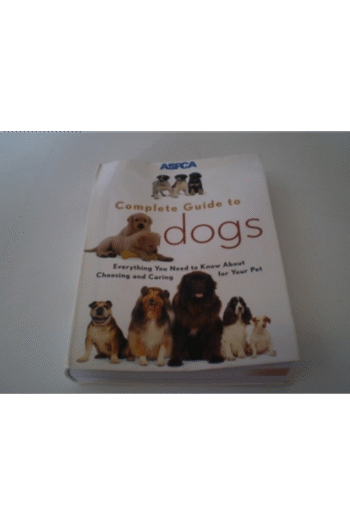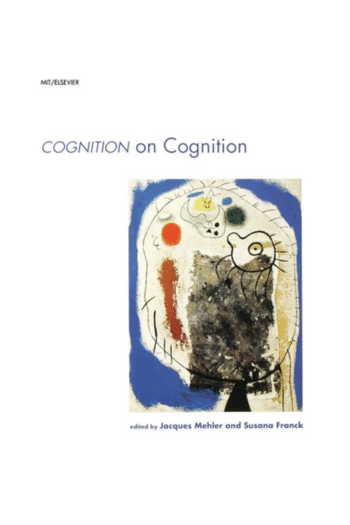Delve into the intersection of mind and context with “Approaches to Studying World-Situated Language Use,” edited by John C. Trueswell and Michael K. Tanenhaus. This influential work bridges the gap between cognitive and social perspectives on language processing. Explore how language isn’t just a product of the mind, but a dynamic tool shaped by social interaction and real-world environments. Featuring contributions from leading researchers, this book examines how we seamlessly integrate linguistic cues with contextual information, visual scenes, and social dynamics to understand and use language effectively. Discover cutting-edge research and theoretical frameworks relevant to linguistics, cognitive psychology, and communication. A Bradford Book publication, essential for understanding the complexities of human language in its natural habitat. ISBN: 9780262201490
Approaches to Studying World-Situated Language Use: Bridging the Language-as-Product and Language-as-Action Traditions (Learning, Development, and Conceptual Change)
19,31 $
In stock
Recent approaches to language processing have focused either on individual cognitive processes in producing and understanding language or on social cognitive factors in interactive conversation. Although the cognitive and social approaches to language processing would seem to have little theoretical or methodological common ground, the goal of this book is to encourage the merging of these two traditions. The contributors to this volume hope to demonstrate that attention to both cognitive and social approaches is important for understanding how language is processed in natural settings.The book opens with four review/position papers; these are followed by shorter reports of experimental findings — “a snapshot of current work that begins to bridge the product and action traditions.” These treat linguistic processing issues in conversational settings, the interactions of language and nonlinguistic information from visual scenes, product approaches to issues traditionally discussed in the action tradition, and Gricean phenomena.
| Authors | |
|---|---|
| Binding | |
| Condition | |
| ISBN-10 | 0262201496 |
| ISBN-13 | 9780262201490 |
| Language | |
| Pages | 368 |
| Publisher | |
| Year published | |
| Weight | 774 |
| Edition | 1 |
Related products
Cognition on Cognition
33,38 $
- Additional information
- Currencies
- USD – United States dollar
- EUR – Euro
- GBP – Pound sterling
- CNY – Chinese yuan
- BRL – Brazilian real
- MXN – Mexican peso
- JPY – Japanese yen
- PHP – Philippine peso
- THB – Thai baht
- PLN – Polish złoty
- CAD – Canadian dollar
- MYR – Malaysian ringgit
- AUD – Australian dollar
- TWD – New Taiwan dollar
- CZK – Czech koruna
- SEK – Swedish krona
- HUF – Hungarian forint
- ILS – Israeli new shekel
- CHF – Swiss franc
- HKD – Hong Kong dollar
- DKK – Danish krone
- SGD – Singapore dollar
- NOK – Norwegian krone
- NZD – New Zealand dollar





